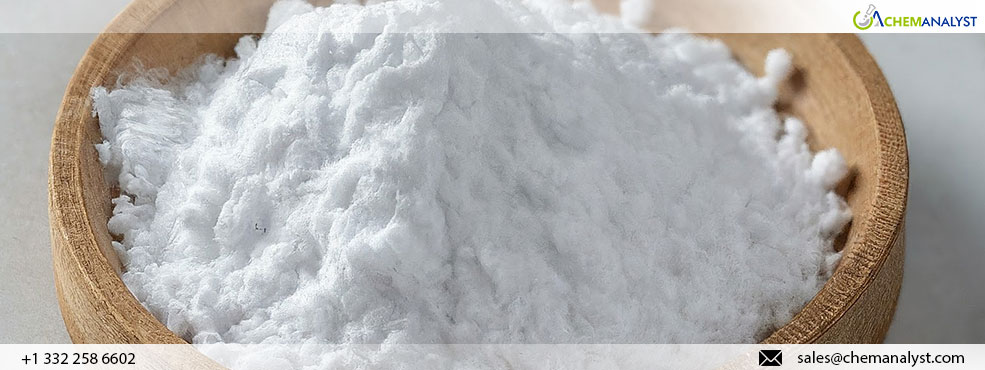Global Tartaric Acid Prices Slide Amidst Surplus Inventories and Caution Among Buyers
- 25-Jun-2024 2:17 PM
- Journalist: Harold Finch
In June 2024, the prices of Tartaric Acid have been on a downward trend in global market, influenced by various factors. The primary reason for this decline is that end users have sufficient inventories of Tartaric Acid, reducing their need for new purchases. As a result, buyers are becoming more cautious, leading to fewer market transactions and further driving down the prices of Tartaric Acid. A significant contributing factor is the drop in prices of maleic anhydride, a key raw material, due to weak demand from downstream industries. This has led to lower manufacturing costs for Tartaric Acid, reinforcing the downward price trend.
Recent data from China's National Bureau of Statistics (NBS) revealed an unforeseen decrease in manufacturing activity for May. The official manufacturing Purchasing Managers' Index (PMI) fell to 49.5 from 50.4 in April, reaching a three-month low. The main factors contributing to this decline were reductions in new orders and new export orders, both of which had been expanding for the previous two months before contracting. This slowdown has also contributed to the continuing drop in Tartaric Acid prices.
Given China's predominant role as the leading exporter of Tartaric Acid, a parallel trend is evident in Western markets. Furthermore, the escalation in shipping costs stemming from the Red Sea crisis has significantly disrupted the purchasing strategies of numerous customers. This cautious stance has further diminished demand, thereby exerting considerable downward pressure on Tartaric Acid prices. Moreover, it has caused financial hardships for numerous customers and suppliers. To mitigate these challenges and prevent excess inventory buildup, they have been compelled to lower prices to spur sales, thereby reinforcing the downward trajectory of Tartaric Acid prices.
The eurozone economy is rebounding from a recession at a faster rate than expected, though growth remains modest. According to recent data from Eurostat, consumer prices in the eurozone rose by 2.6% year-on-year in May, up from 2.4% in April and surpassing the forecast of 2.5%. Germany recorded a 2.8% increase in consumer prices, France saw a 2.7% rise, Italy experienced a 0.8% uptick, and Spain witnessed a notable 3.8% increase. This persistent inflationary pressure continues to weigh on consumer sentiment, contributing to the decline in Tartaric Acid prices.
Similarly, U.S. consumer sentiment declined in June for the third consecutive month, driven by growing pessimism about personal finances and ongoing concerns about inflation. This trend further reinforces the downward trajectory of Tartaric Acid prices.
According to ChemAnalyst analysis, Tartaric Acid prices are on a continuing decline primarily due to persistently weak demand from end-user industries, a sluggish feedstock market, and abundant supply. The outlook is fraught with potential risks, including uncertain prospects for advanced economies, geopolitical shocks, the escalating Middle East crisis affecting the Red Sea situation, and increasing geo-economic fragmentation. These external factors introduce uncertainties and potential challenges that could impact the direction of Tartaric Acid prices in the near term.



